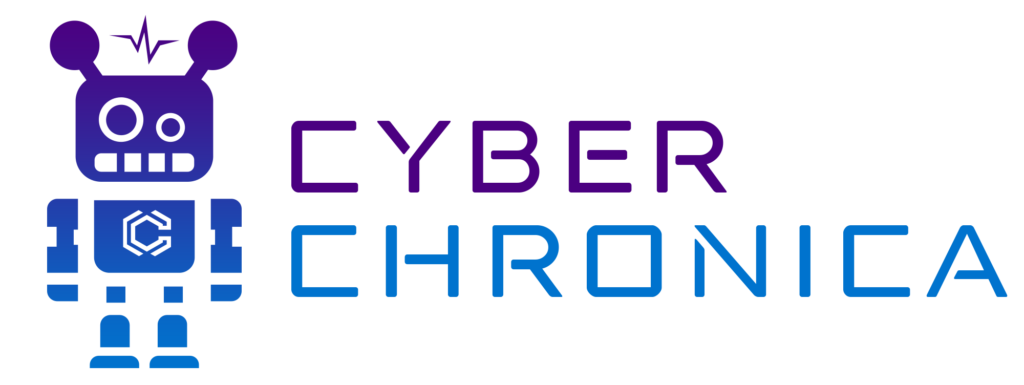Having this information available digitally makes it much faster and more accurate for the procurement team to come up with that baseline price. Input costs like raw materials and services make up a big part of any company’s overall product costs. In manufacturing—where there are significant outlays for raw materials and components—that can be upwards of 70% of the total cost. With input costs often accounting for a substantial portion of overall expenses, tracking and reducing PPV becomes crucial in achieving cost reduction and operational excellence. This calculation will help you understand how much money was saved (or lost) due to purchase price fluctuations. It’s important to note that the DMPV includes only the direct materials in a product, not indirect materials.
Why Is Purchase Price Variance Important?
The company has changed suppliers for any number of reasons, resulting in a new cost structure that is not yet reflected in the standard. This is a key component in understanding the development of overall business profitability and thus a vital financial performance indicator. Direct https://www.online-accounting.net/ material purchases can add up to 70% of all the costs in manufacturing companies. In any manufacturing company Purchase Price Variance (PPV) Forecasting is an essential tool for understanding how price changes in purchased materials affect future Cost of Goods Sold and Gross Margin.
How to do the PPV calculation?
It is calculated by subtracting the standard cost of material from the actual purchase price. If there is a significant price variance, it needs to be reclassified into the inventory of raw materials, inventory of work-in-progress, cost of products, and inventory of the finished products. Effective PPV management requires vigilance, continuous data analysis, and collaboration across different departments. By consistently monitoring and analyzing this financial metric, the procurement team can make informed decisions that lead to cost savings and increased profitability. Three-way matching is also easier within a digital solution, which speeds up the process of comparing POs, invoices, and receipts, and minimizes errors.
What Causes Variance in Purchase Price, and How to Reduce PPV
Finally, you can streamline your purchasing process to make it more efficient. Once you have this information, you can calculate the purchase price variance by taking the difference between the standard price and the actual price, and multiplying it by the quantity. Purchase price variance (PPV) is the difference between the actual purchased price of an item and a standard (or baseline) purchase price of that same item.
- Reclassifying the variance is known as “allocating the variance.” The reclassification should be based on the location of the raw materials that created the variance in the first place.
- Some E-Procurement tools also integrate with your own financial ERP systems which allow for seamless data exchange and also leaves room for good accounting – your budget will not be compromised.
- In this article, we’ll explain what PPV is, how it’s used in budgeting and performance measurement, and how to forecast it.
The standard price is the price a company’s management team thinks it should pay for an item, which is normally an input for its own product or service. The rationale behind using a standard price, especially in manufacturing entities, is that direct absorption dictionary definition material purchases can routinely make up 70% of all the costs. Hence, budgeting and tracking standard vs. actual prices is a key task of many procurement and finance professionals as it is a critical metric for effective decision-making.
Depending on the actual production needs, the quantity can be altered and that can result in qualifying or not for special offers. Forecasted quantity usually results from the expected market demand, production planning, and historical quantities. To get an accurate baseline price, you need to know historical costs for the same product.
It’s an important metric for tracking price fluctuations and, if used correctly, it provides vital insight into the effectiveness of cost-saving strategies. Purchase price variance can be positive or negative; positive means more was paid than initially expected, and negative means less was paid. They have managed to get better-than-expected https://www.online-accounting.net/stationery-is-an-asset-or-an-expense/ pricing from their suppliers—which means they are contributing toward that high priority of cost reduction. Suppliers don’t just give discounts for no reason, although it’s possible that lower material prices are being reflected or improved currency exchange rates. The end of special pricing benefits can also lead to purchase price variance.





